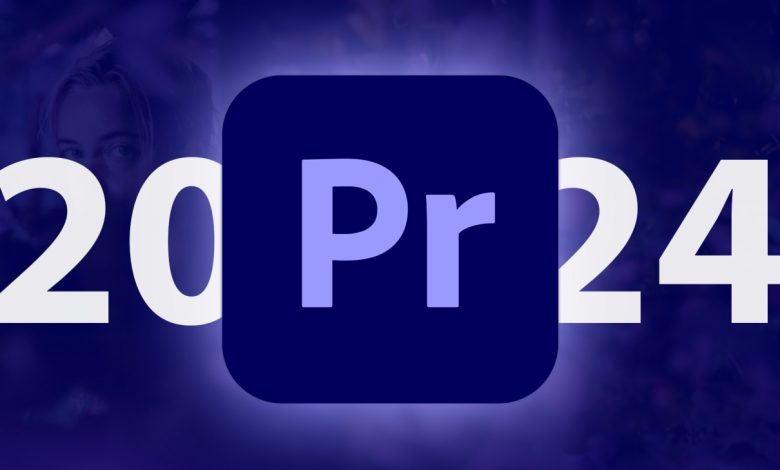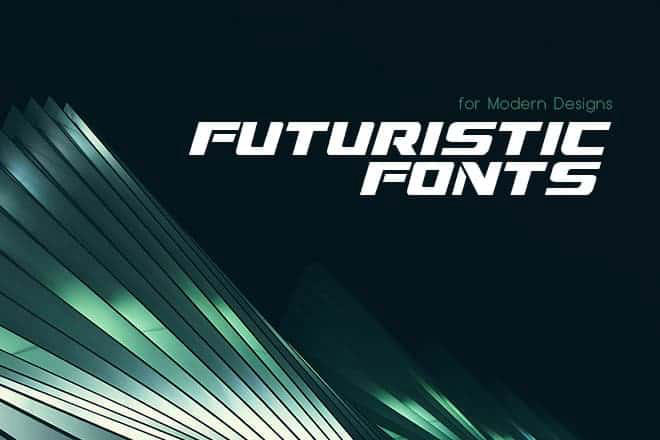Best Selling Products
Discover the Power of Multimedia Design in the 21st Century
Nội dung
- 1. Summary of information you need to know about multimedia design
- 1.1. What is Multimedia Design?
- 1.2. The Role of Multimedia Design in Communication
- 1.3. The Power of Multimedia Design in Business
- 2. Explore the Multimedia Design Process
- 2.1. Step 1: Ideation and Script Building
- 2.2. Step 2: Create Images and Videos
- 2.3. Step 3: Add Sound and Music
- 2.4. Step 4: Integrate Interactive Elements
- 2.5. Step 5: Check and Edit
- 2.6. Step 6: Publishing and Release
- 3. Should I study multimedia design?
- 3.1. High Demand in the Labor Market
- 3.2. Diverse Career Opportunities
- 3.3. Creativity and Opportunities for Personal Skill Development
- 3.4. The Ever-Evolving Creative Market
- 3.5. Create Impactful Products
- Conclude
Let's explore the role and importance of multimedia design in building brands, improving content quality and creating groundbreaking creative products.

In today’s digital age, multimedia design is becoming an increasingly important factor in conveying messages and creating strong impressions on viewers. Combining images, sounds, videos and interactive elements, multimedia design provides a rich and engaging experience, helping businesses and individuals reach their target audience more effectively than ever. Discover the role and importance of multimedia design in building brands, improving content quality and creating innovative products.
1. Summary of information you need to know about multimedia design
In the 21st century, multimedia design has become an indispensable tool in all fields, from marketing, communication to education and entertainment. With the strong development of technology, the combination of elements such as images, sounds, videos and interactions has created powerful media products, bringing inspiring experiences to users. This article will explore with you the power of multimedia design in today's digital age.
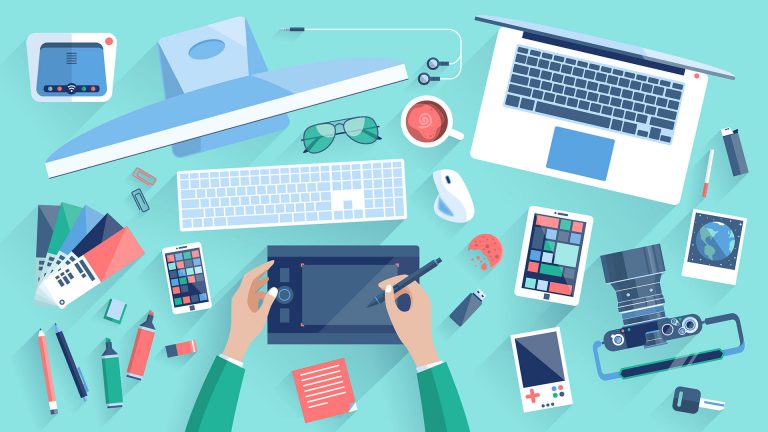
1.1. What is Multimedia Design?
Multimedia design is a combination of various forms of information transmission such as images, sounds, text, videos and interactive elements. It is not simply creating visual products but also providing a vivid and easily accessible experience to the audience. With powerful tools such as video editing software, graphics software, multimedia design has opened up an endless world of creativity.
1.2. The Role of Multimedia Design in Communication
In the 21st century, multimedia design has changed the way we consume information. Instead of just using dry text, businesses and individuals have learned to take advantage of images, videos and sounds to make content more engaging. This not only helps to attract viewers’ attention but also increases memorability and impacts users’ emotions.
For example, in marketing, promotional videos that combine moving images and engaging sounds can convey powerful messages and easily create lasting impressions on customers. Or in education, the use of interactive lectures that combine audio, video and images helps students absorb knowledge more easily than traditional teaching methods.
1.3. The Power of Multimedia Design in Business

One of the most powerful applications of multimedia design is in the field of business and advertising. Businesses today cannot ignore the potential of multimedia design in building brands, increasing customer interaction and boosting sales.
For example, websites with beautiful graphic design, easy to use and interactive will keep users on the site longer, increasing the likelihood of converting them into potential customers. In addition, online video advertising campaigns, combined with vivid images and catchy sounds, can quickly attract attention and make a strong impression.
2. Explore the Multimedia Design Process
In the modern media world, multimedia design plays an important role in creating vibrant and engaging media products. The multimedia design process is not simply a combination of images and sounds, but also includes many different creative elements to create deep interactive experiences. This article will take you through the multimedia design process from images to sounds, helping you better understand how and what steps are needed to create a complete product.
2.1. Step 1: Ideation and Script Building

Every multimedia design project starts with a creative idea. The first step is to determine the purpose of the product and the target audience. Depending on the message you want to convey, you need to determine what elements the product will include, such as images, videos, sounds, or other interactive elements. Once you have a basic idea, the next step is to create a detailed script, including how the elements will be arranged and the message you want to convey.
2.2. Step 2: Create Images and Videos
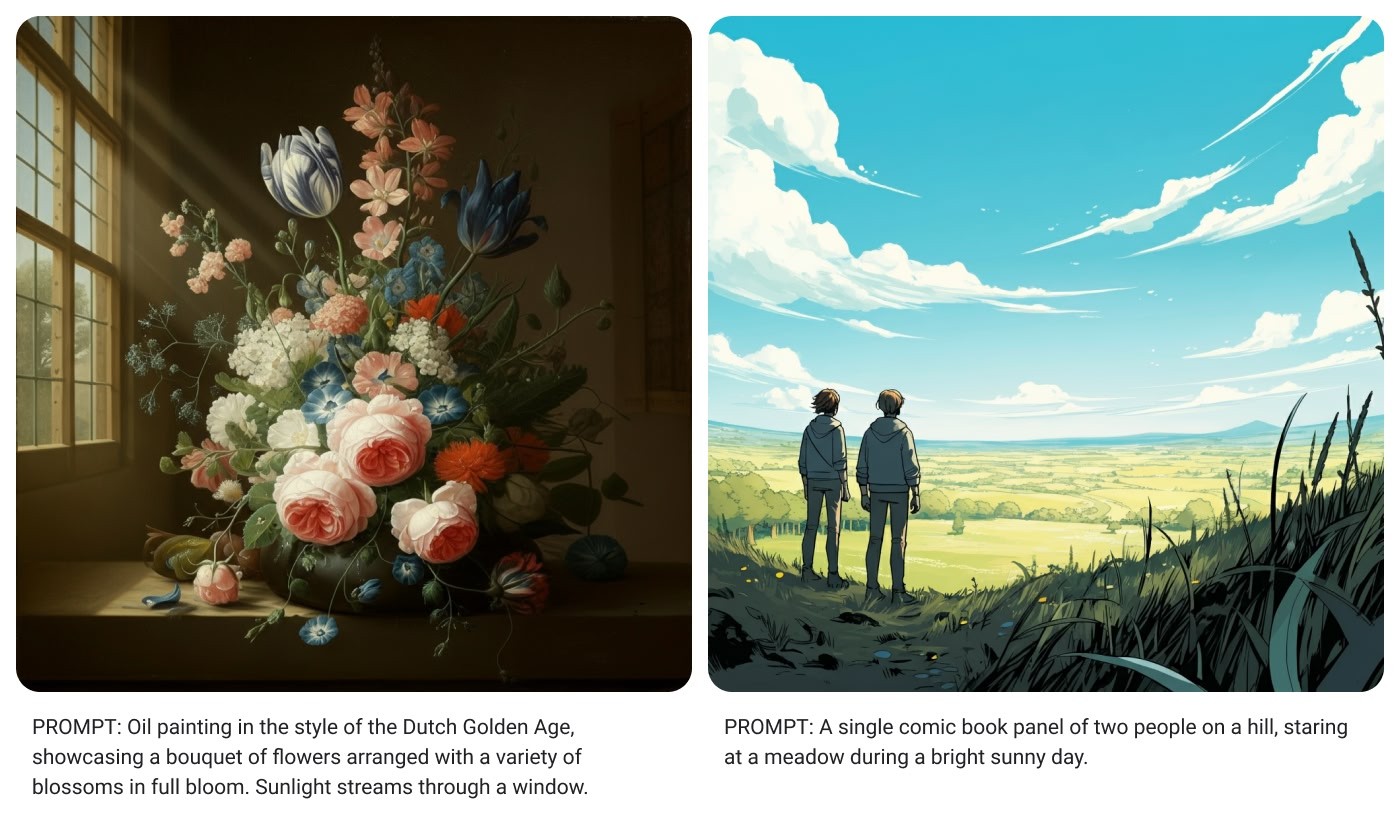
Images and videos are important elements in multimedia design , as they create a first impression and help users easily absorb the message. This process includes selecting and editing images, creating video footage, and building animated graphic elements. Design software such as Adobe Photoshop, Illustrator, or After Effects will assist you in creating high-quality images and vivid videos. In addition, during this stage, you also need to pay attention to ensuring aesthetics and harmony between design elements.
2.3. Step 3: Add Sound and Music
Sound is an essential element of multimedia design , helping to enhance emotions and create a deeper connection with the viewer. Sound can be background music, sound effects, or even dialogue. These sounds need to be carefully selected to match the message and emotion you want to convey. This process is often done using specialized audio editing software such as Adobe Audition or Audacity, to ensure that the sound is clear, crisp, and easy to listen to.
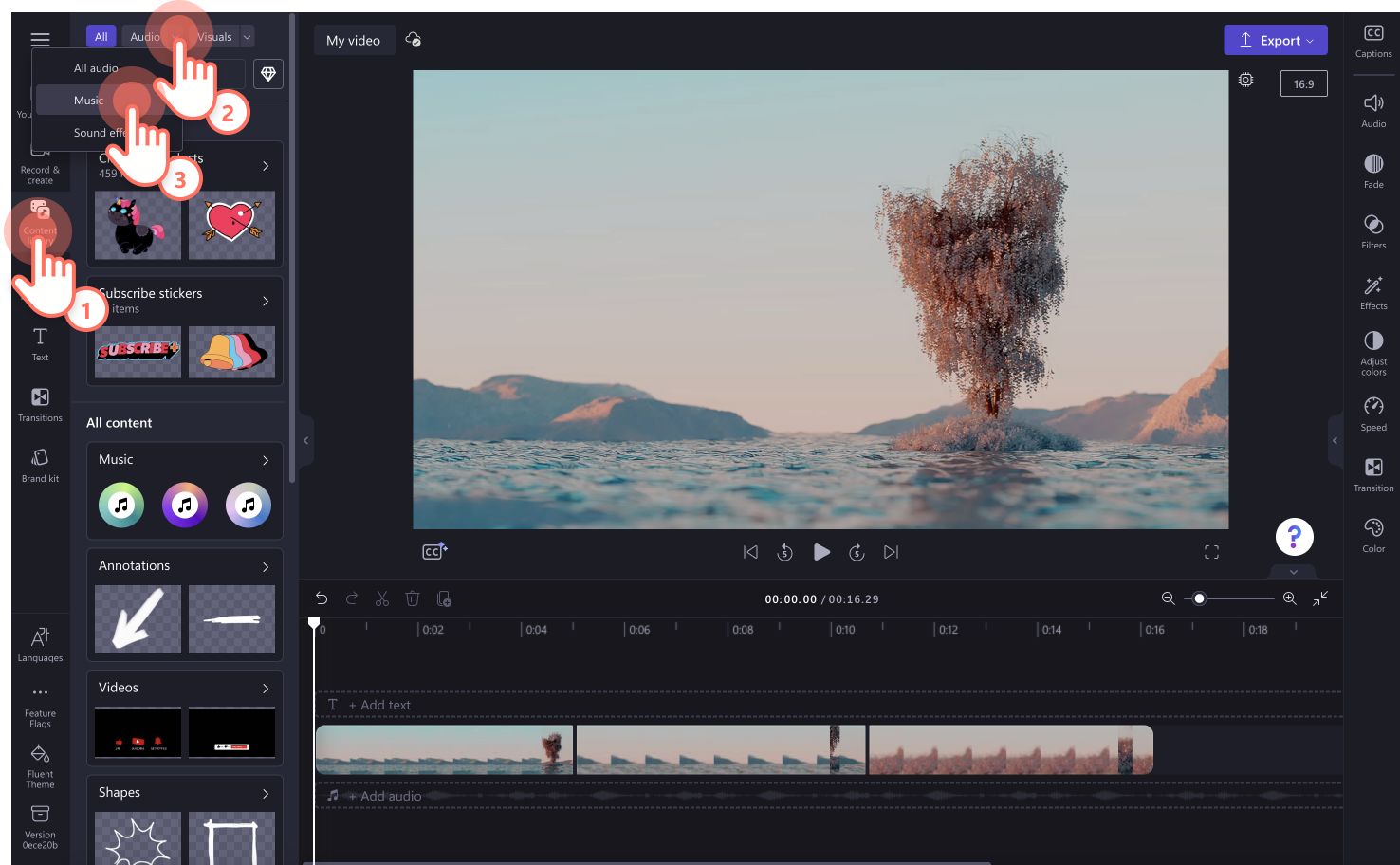
2.4. Step 4: Integrate Interactive Elements
To enhance the user experience, it is important to incorporate interactive elements into your multimedia design. This can include creating menus, drag and drop features, or even interactive games. Tools like Adobe Animate or Unity can help you build engaging interactive elements that keep users engaged and engaged.
2.5. Step 5: Check and Edit
Once the visual, audio, and interactive elements have been combined, the next step in the multimedia design process is to proofread and edit. This involves reviewing the entire product, checking for visual and audio synchronization, ensuring that interactive elements work smoothly, and fine-tuning every little detail to create a perfect product. Software like Final Cut Pro, Adobe Premiere Pro, or Camtasia will help you edit and perfect your product efficiently.
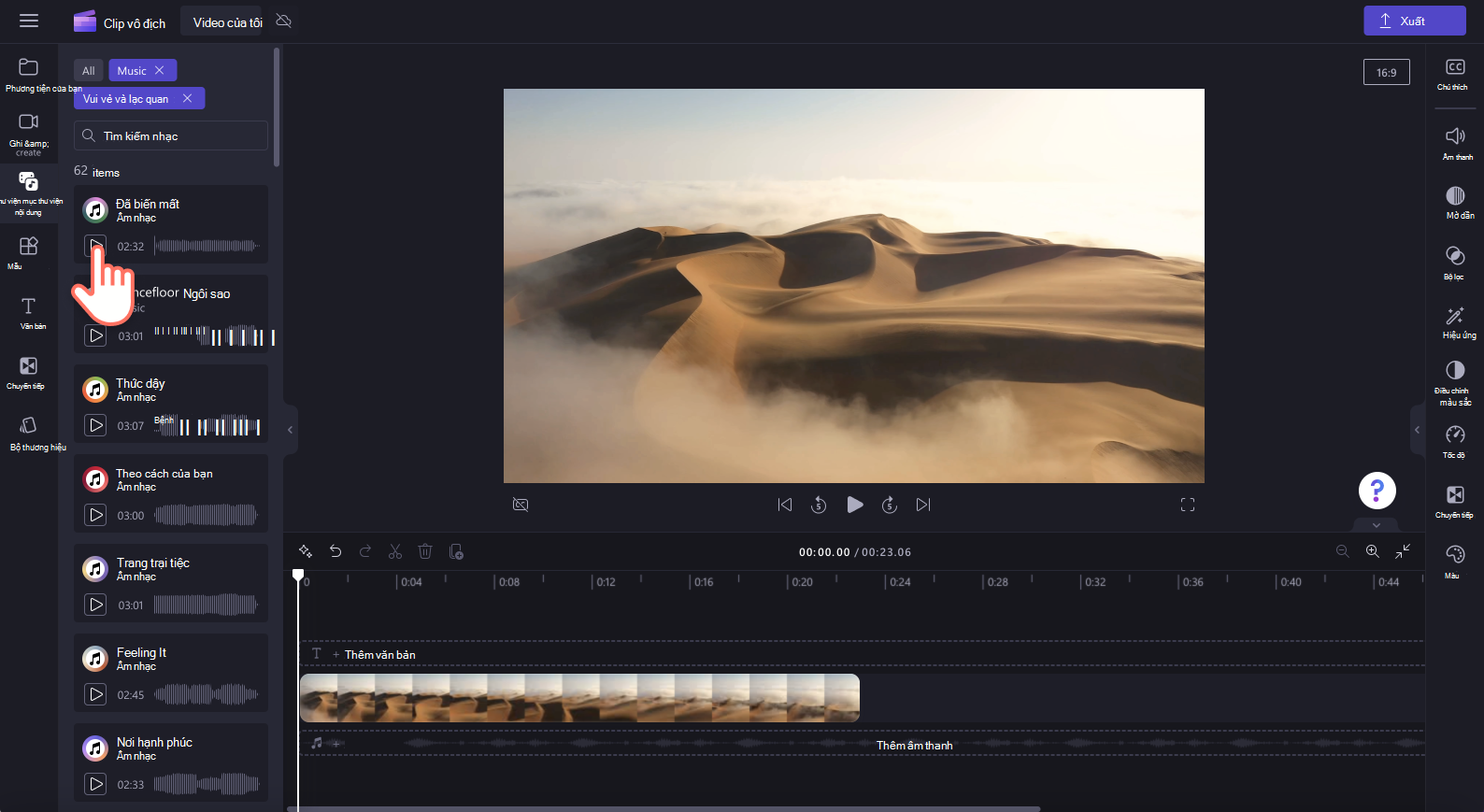
2.6. Step 6: Publishing and Release
Once your product is complete, the final step is to publish and release it. Depending on your intended use, you can export your product in different formats such as video, website, or mobile app. Optimizing your product for different platforms is important to ensure a smooth and efficient user experience. Popular publishing platforms such as YouTube, Vimeo, or your personal website will help you reach your target audience quickly.
3. Should I study multimedia design?
If you are passionate about creativity, love technology and want to build a career in the field of media and advertising, studying multimedia design is a great choice. Here are some compelling reasons why you should enroll in multimedia design today:
3.1. High Demand in the Labor Market
Multimedia design involves the use of images, audio, video, and interactive elements, all of which play an important role in effectively communicating a message. Industries such as marketing, advertising, communications, software development, education, and entertainment are in great demand for people with multimedia design skills.
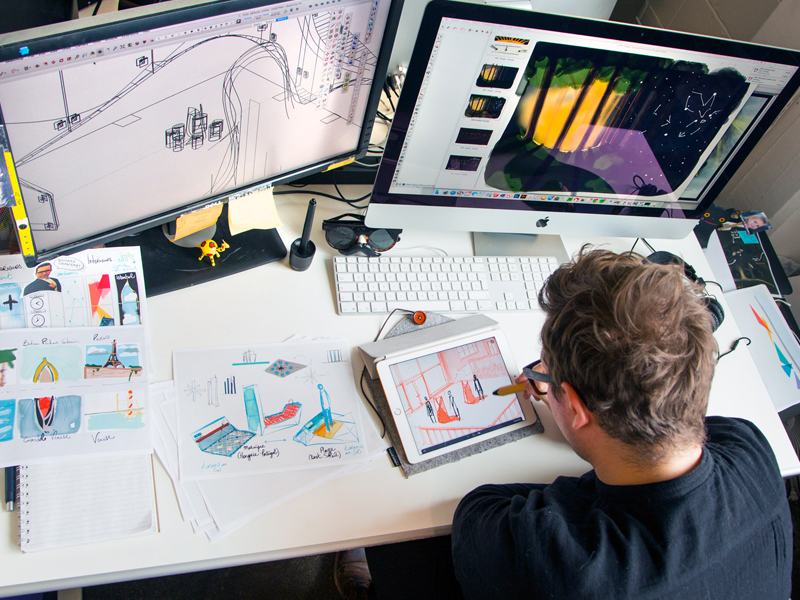
3.2. Diverse Career Opportunities
When you study multimedia design, you will have a wide range of career options. You can work in fields such as graphic design, video, game development, web design, mobile app development, or even freelance.
3.3. Creativity and Opportunities for Personal Skill Development
Multimedia design requires not only an understanding of design tools but also creativity, imagination and problem-solving skills. Learning multimedia design helps you develop creative thinking skills, teamwork skills and the ability to receive feedback to improve your products.
3.4. The Ever-Evolving Creative Market
Technology is always changing and improving the capabilities of multimedia design. Learning multimedia design helps you stay up to date with the latest trends, such as virtual reality (VR), augmented reality (AR), and artificial intelligence (AI) in design.

3.5. Create Impactful Products
One of the strengths of multimedia design is its ability to convey a message in a powerful and easily understood way. By combining images, sounds, and interactive elements, you can create impactful products. Multimedia design helps you connect with your target audience and make a strong impression.
Conclude
Multimedia design is a complex but exciting creative process, from building ideas to combining images, sounds and interactive elements. Mastering the multimedia design process, you will be able to create quality, attractive and effective communication products. However, to successfully create an attractive product, you always need the support of design tools, visit sadesign.ai to choose the best quality software.









































